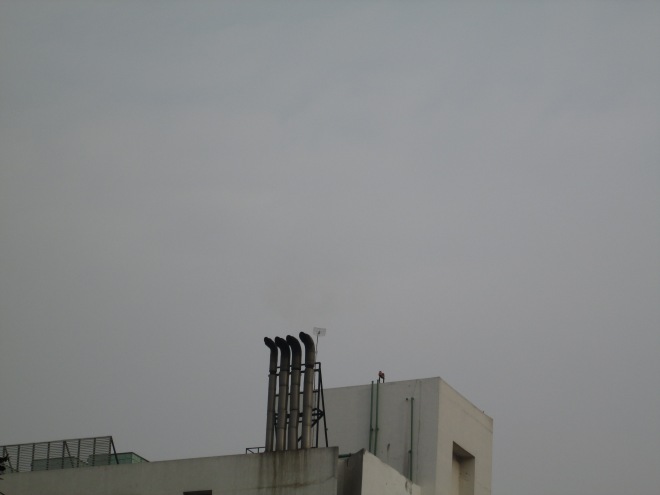Prasad Shetty, Rupali Gupte & Prasad Khanolkar
The complete Gurgaon Glossaries can be found here
Gurgaon Glossaries compiles ‘terms’ to describe the way a city settles. These are micro-narratives of new practices and relationships that have emerged in the settling process. ‘Settling’ here is not a resolution of urban forces or differences. It is rather a set of processes by which things get worked out—the elaborate mechanics that keep the city in a perpetual state of becoming. Discussions about poor infrastructure, degrading environment, absent government, developer-driven planning, growing consumerism, neo-liberal civil society, and inadequate cultural life have dominated characterizations of Gurgaon, the ‘millenium city’ on the outskirts of Delhi. At the same time, its speedy financial growth, driven by a large number of corporate enterprises, has created a promise of prosperity. People come from all over India to take part in the opportunities available. Perspectives on Gurgaon oscillate between a critique of its awkward urbanity and a celebration of its tremendous promise.
Discussions about many Indian cities seem to be trapped in the meta-narratives of deficient infrastructure, shoddy governance, environmental issues, capitalistic dominance, loss of rights, and socio-cultural decay. These meta-narratives identify clear problems and create a context for immediate interventions, which create further problems. For example, the narrative about poor infrastructure has made way for large-scale infrastructure creation, which in turn causes displacement of people, which in turn causes creation of rehabilitation policy, which in turn causes environmental and cultural damage, and so on.
The form of the glossary allows simultaneous construction, dismantling and reconstructions of Gurgaon. It emerges as a city with a unique urbanity where modern city planning and development ideas overlap with pastoral sensibilities, where new kinds of entrepreneurships flourish, new civil society is configured, new negotiations take place, new legislations are experimented with and new cultures are formed. These micro-narratives have the capacity to complicate the easy meta-narratives, to get out of the problem-intervention-problem rat-race, to generate and sustain an interest in living-in and loving the city, to offer nuanced readings of the city and to find creative ways of engaging with it.
This project is a satellite of the Sarai Reader 09 exhibition at the Devi Art Gallery, Gurgaon, curated by the Raqs Media Collective. The work comprises of a glossary of 100 terms taking the form of image/text combinations, displayed throughout the gallery space.
THE MUMBAI EXTENSION
At the Mumbai Art Room, the idea was to turn the gallery into a discussion space punctuated by a series of planned and unplanned conversations on reading cities. ‘Gurgaon Glossaries’ became the starting point for these dialogues. A large central table formed the setting for these discussions. A series of cubes above and below the table surfaces were reminiscent of a mini city erupting, housing the glossary. The light boxes embedded on the surface reminded one of photographs tucked under glass table tops in cheesy brokers’ offices in Gurgaon. The chairs formed a collage of accrued desires. The glossary complicated the metanarrative. It affirmed our belief that cities gets worked out beyond plans and conspiracies, beyond concepts and categories, beyond activism and policy, and beyond discourses and interventions.
THE SAO PAULO EDITION
In Sao-Paulo, the Glossary became a setting for extending the discussions started in Delhi and Mumbai on conceptualizing cities. It is simultaneously a work, a space, a practice, and a method of complicating distinctions between producing and reflecting and between work and its audience. It was an invitation for a conversation to exchange notes and share experiences of cities.



